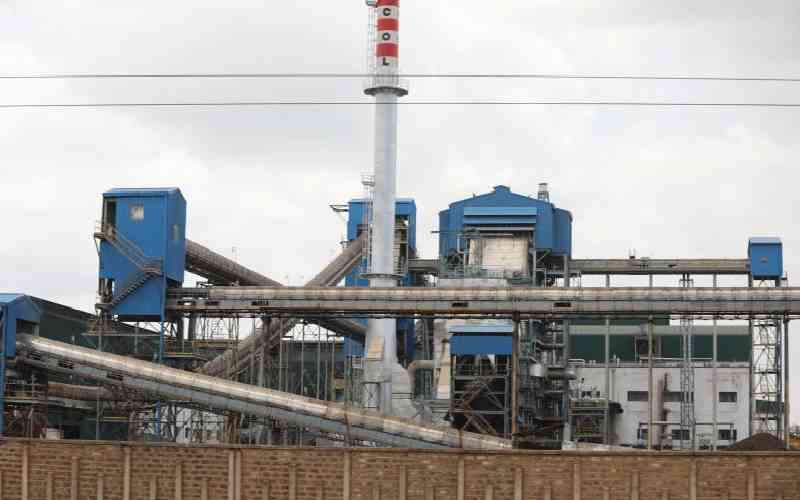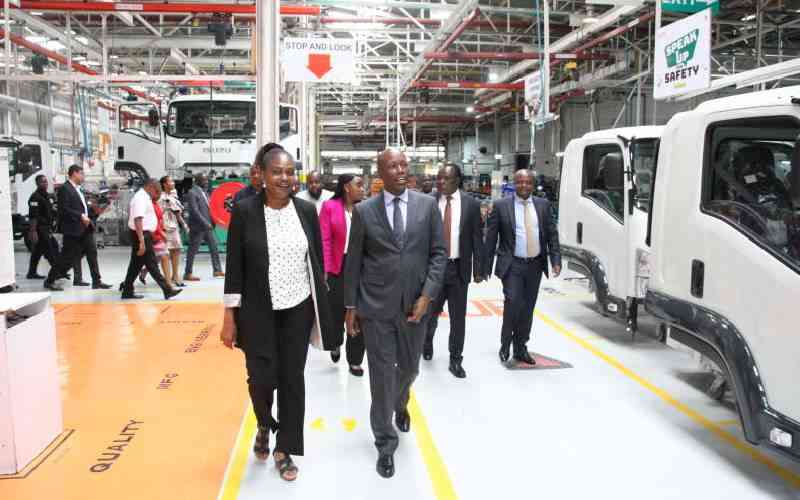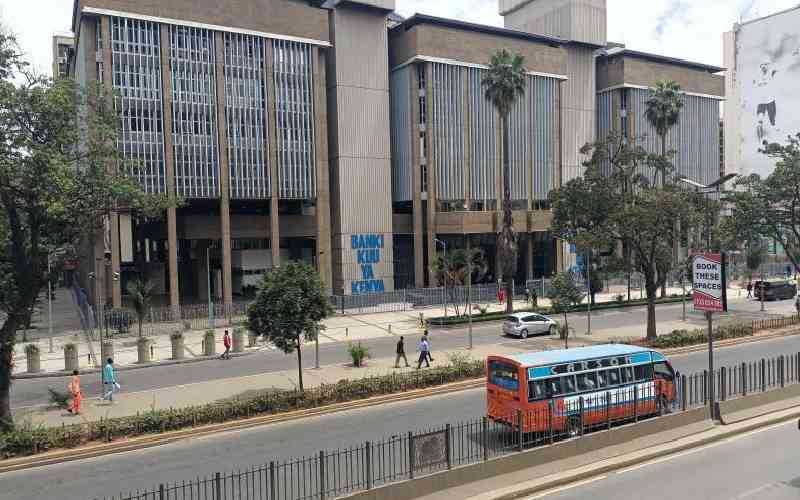×
The Standard e-Paper
Kenya's Bold Newspaper

The debate on the bottom-up economic approach as a means to empower people at the base of the economic pyramid has become an exciting political discussion in Kenya today.
Though the bottom-up approach has gained a lot of followers to an extent of propelling Kenya Kwanza's political wing to power, how to implement it remains a challenge to the government and economic experts.







